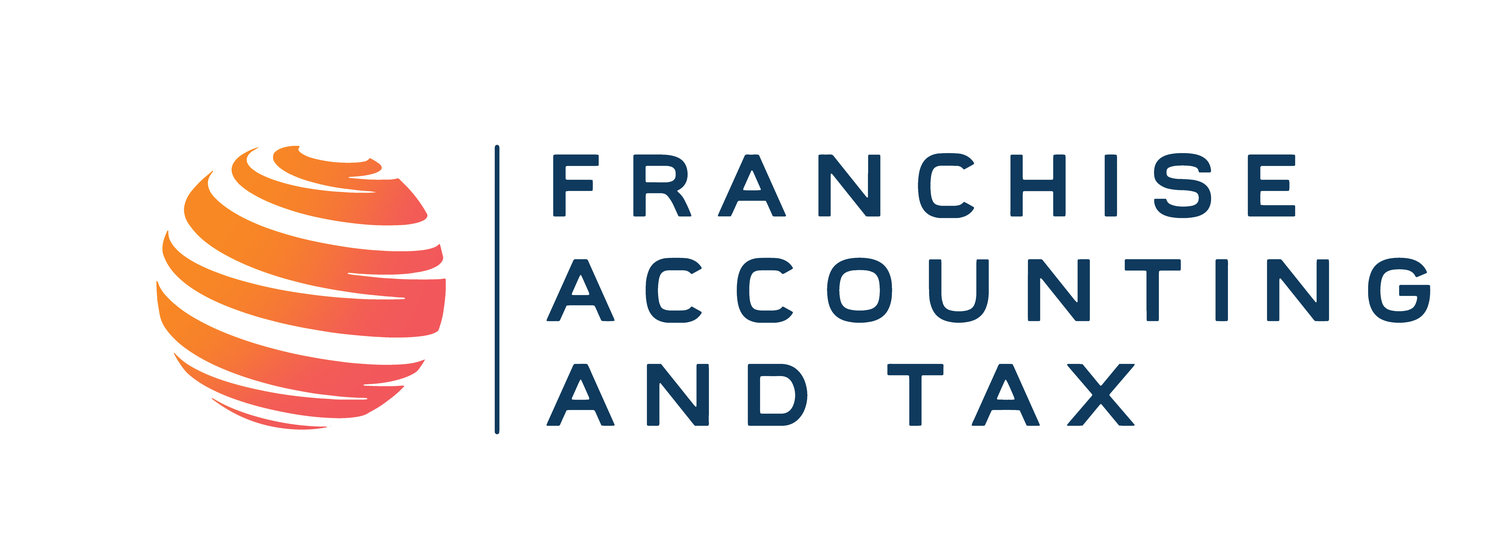What happens when you need the money you invested in your franchise?
Remember that money you put into your business to get it started? How are you going with getting that money back into your personal bank account?
Unfortunately, many franchise owners forget about their loan to the business. For some, perhaps, there never seems to be enough money in the bank to repay the loan. Others may see the amount shown on their Balance Sheet, but aren’t sure what it is and what to do about it.
But the fact remains that the director’s loan is your money and one of your business goals should be for the business to repay the loan.
What are the steps involved in repaying your director’s loan?
Find out the balance of your directors loan account: Look on the financial statements prepared by your accountant at the end of last financial year. You will see the Director’s Loan in the liabilities area.
Decide how quickly you would like to repay the debt: The quicker you want the money back, the more profit you’ll need to make each year. The main driver of profit in a franchise is almost always sales, so the faster you want your money back, the higher your sales target will be.
Work out how much extra revenue is needed to repay the debt: To do this you’ll need to calculate a revised breakeven sales figure for your business, and include in it both your regular wages and loan repayment. If you’re not sure how to calculate breakeven, ask your accountant.
Write out your target for directors loan repayment: Your target is all about ‘how much’ and ‘by when’. You can’t afford to be vague about important business goals!
Establish a plan to increase revenue: It’s important to ask your franchisor for help but don’t neglect your own responsibility to work on increasing sales revenue. You can learn about how to sell more from business books, listening to podcasts, or attending courses.
Work the plan: Once you have a plan, the next step is to work it. This means diligently implementing the parts of the plan. But not only that … it’s important to check your progress and adapt as you go. You may find it helpful to work on this with a coach or accountability buddy.
Check in with your accountant: There will be tax implications from repaying your directors loan, and your accountant is likely to have recommendations as to the most appropriate way to take money out of the business. So, it’s a very good idea to book a meeting with your accountant to discuss the best way to repay your directors loan account.
With a well defined plan and support to implement it, you can find a way to repay your own loan to your business. This will put money back into your personal bank account, and you can then decide how best to invest that money.


